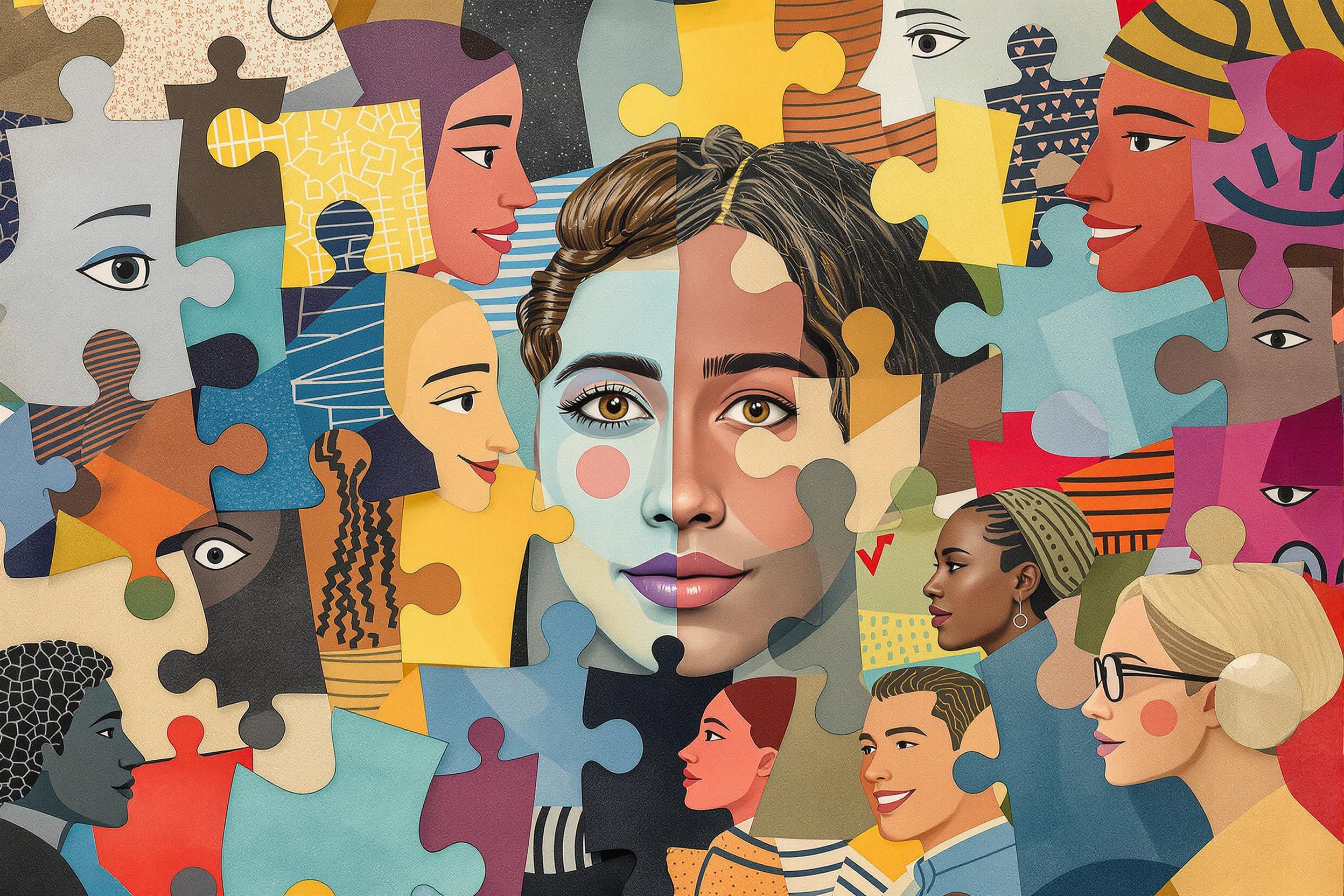
Composition
Composition is how an artist arranges elements within an illustration or design to create an appealing and effective image. It's like planning where to place furniture in a room - everything needs to be positioned thoughtfully to work well together. In book illustration, good composition helps tell the story, guide the reader's eye, and make the images engaging. When you see this term in resumes, it means the artist understands how to organize visual elements to create powerful, professional illustrations that work well with book layouts.
Examples in Resumes
Created dynamic Composition layouts for a 32-page children's picture book
Developed strong Compositional elements for editorial illustrations in magazines
Applied advanced Composition techniques to balance text and imagery in book spreads
Typical job title: "Book Illustrators"
Also try searching for:
Where to Find Book Illustrators
Professional Organizations
Online Communities
Learning Resources
Example Interview Questions
Senior Level Questions
Q: How do you approach composition when designing a series of illustrations that need to work together cohesively?
Expected Answer: A senior illustrator should discuss maintaining visual consistency, creating unified themes across multiple illustrations, and balancing variety with continuity. They should mention considering the overall flow of the book and how compositions work across multiple pages.
Q: How do you adapt your composition approach when working with different age groups?
Expected Answer: Should explain how composition complexity changes for different audiences - simpler, bolder compositions for young children, more sophisticated arrangements for older readers, and how to maintain visual interest while serving the story's needs.
Mid Level Questions
Q: How do you ensure your composition works well with text placement?
Expected Answer: Should discuss leaving appropriate space for text, creating focal points that don't compete with reading flow, and understanding how to balance visual elements with written content.
Q: Explain how you use composition to direct the viewer's attention in an illustration.
Expected Answer: Should explain basic principles like leading lines, focal points, and visual hierarchy, with examples of how they've used these in real projects.
Junior Level Questions
Q: What basic composition principles do you consider when starting an illustration?
Expected Answer: Should mention fundamental concepts like balance, unity, and emphasis, showing understanding of how to arrange basic elements in a pleasing way.
Q: How do you plan your compositions before starting final artwork?
Expected Answer: Should discuss making thumbnail sketches, trying different arrangements, and basic planning processes to test ideas before committing to final artwork.
Experience Level Indicators
Junior (0-2 years)
- Basic understanding of composition principles
- Ability to create simple, effective layouts
- Knowledge of traditional composition rules
- Basic sketching and planning skills
Mid (2-5 years)
- Strong layout skills for various book formats
- Ability to work with text and image together
- Understanding of visual storytelling
- Experience with different illustration styles
Senior (5+ years)
- Master-level composition skills
- Ability to art direct others
- Complex visual problem-solving
- Advanced understanding of publishing requirements
Red Flags to Watch For
- No understanding of basic composition principles
- Portfolio shows poorly arranged elements
- Cannot explain their composition choices
- No experience with book or publication layout
Related Terms
Need more hiring wisdom? Check these out...

Global Compliance Checks: The Hidden Puzzle Pieces of Background Screening Revealed

Redefining Team Collaboration in a Digital Workspace

Refining Job Descriptions to Expand Applicant Pools: Casting a Wider Talent Net

